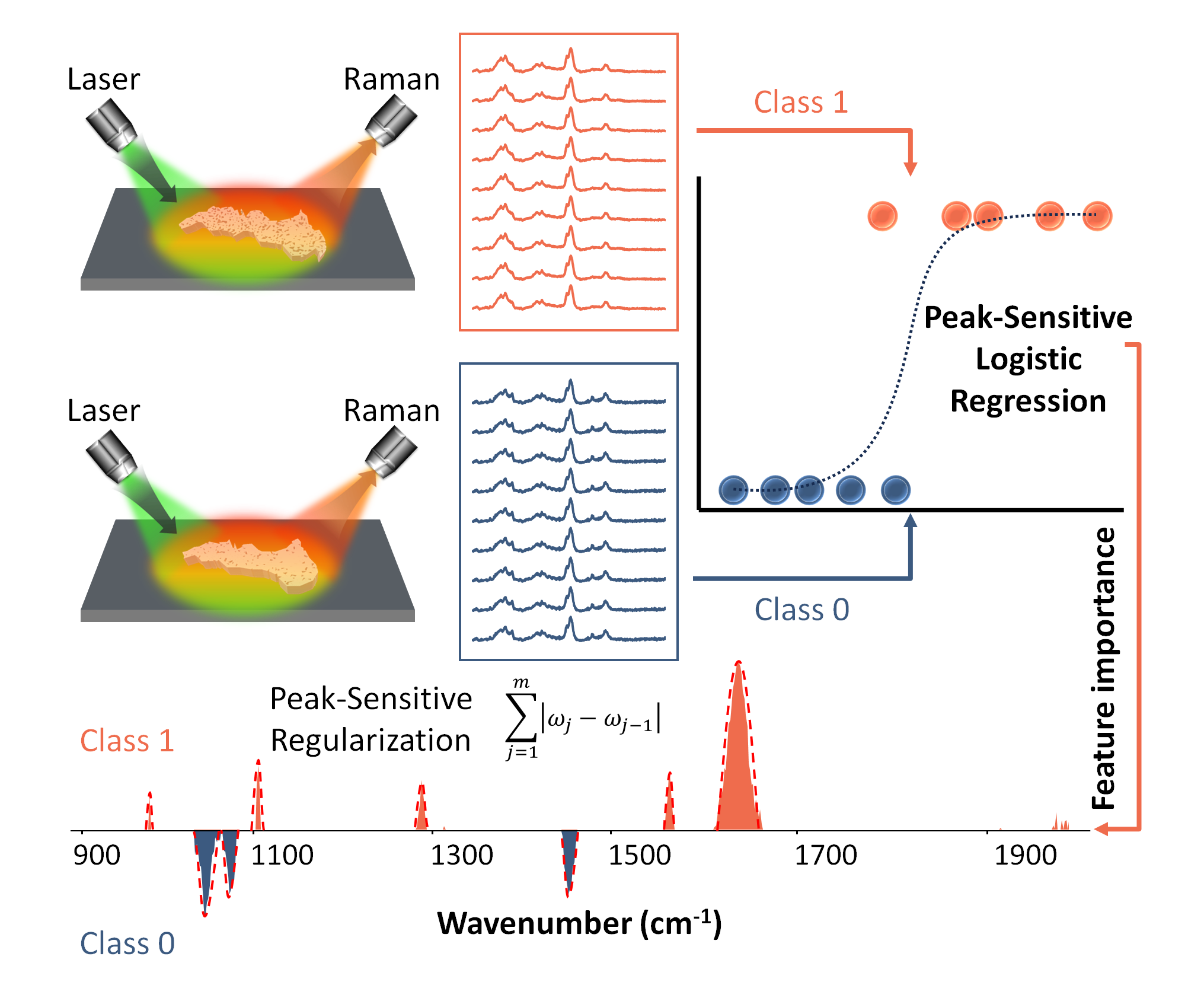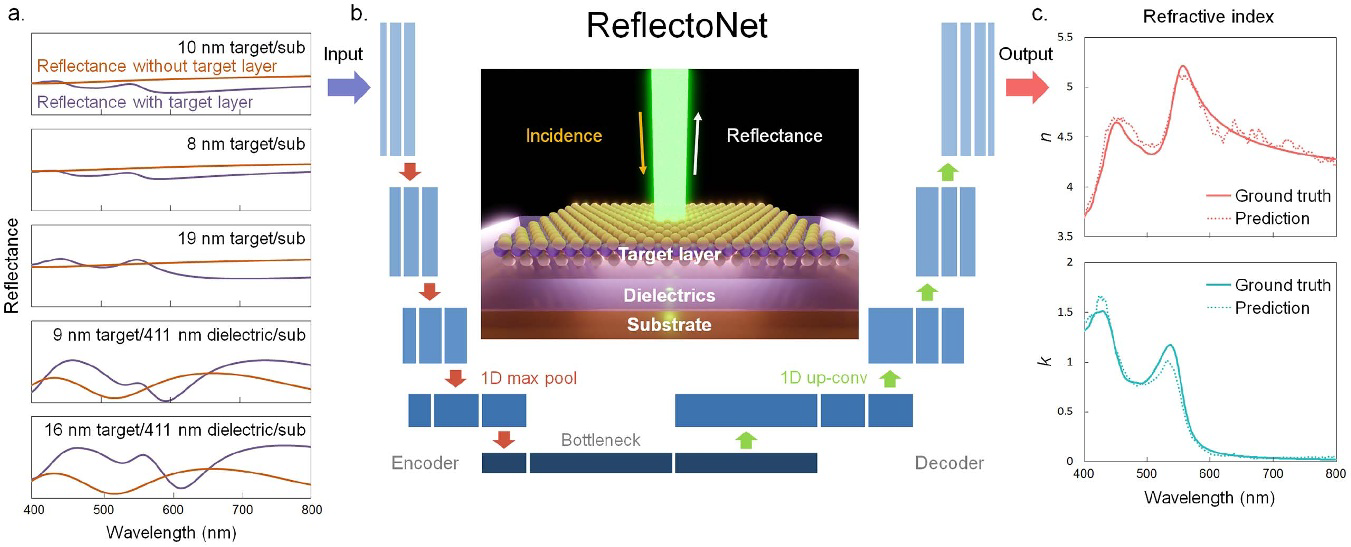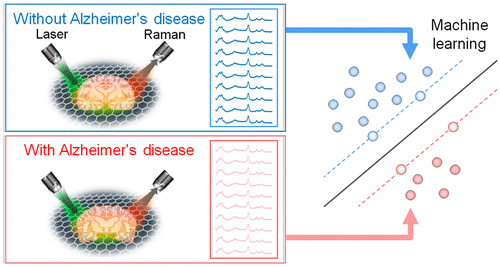Effect of molecular configuration in 2D materials enhanced Raman spectroscopy
Arpit Jain, Anant Bhasin, Ziyang Wang, and 3 more authors
Carbon, 2025
Two-dimensional material-enhanced Raman spectroscopy (2DERS) is an extension of surface-enhanced Raman spectroscopy that leverages the unique properties of 2D materials’ atomically flat, dangling-bond-free interfaces and absence of electromagnetic hot spots to provide reproducible Raman enhancement of analyte molecules. Although mechanisms like charge transfer and structural matching have been explored, the influence of analyte orientation and its configuration with 2D materials remains underexplored. To address this gap, we study interactions between 2D materials (graphene and MoS2) and planar/non-planar dye molecules in two configurations: atop and beneath the 2D material. For dyes atop graphene, we observe enhanced Raman signals for stretching modes and significant fluorescence quenching, indicating stronger adsorption than in the dye-beneath case. Additionally, non-planar dyes exhibit unusual enhancement in phenyl ring vibrational modes, suggesting partial flattening to better conform to the graphene surface, a behavior not observed for planar dyes or those on MoS2. First-principles calculations reveal distinct charge transfer characteristics and stable adsorption geometries that support these observations. Our findings highlight the critical role of molecular geometry and configuration in 2DERS and bridge experimental insights with theoretical understanding. This work advances 2DERS mechanisms and paves the way for developing precise, graphene-based chemical sensing platforms.
 Understanding the excitation wavelength dependence and thermal stability of the SARS-CoV-2 receptor-binding domain using surface-enhanced raman scattering and machine learningACS photonics, 2022
Understanding the excitation wavelength dependence and thermal stability of the SARS-CoV-2 receptor-binding domain using surface-enhanced raman scattering and machine learningACS photonics, 2022


